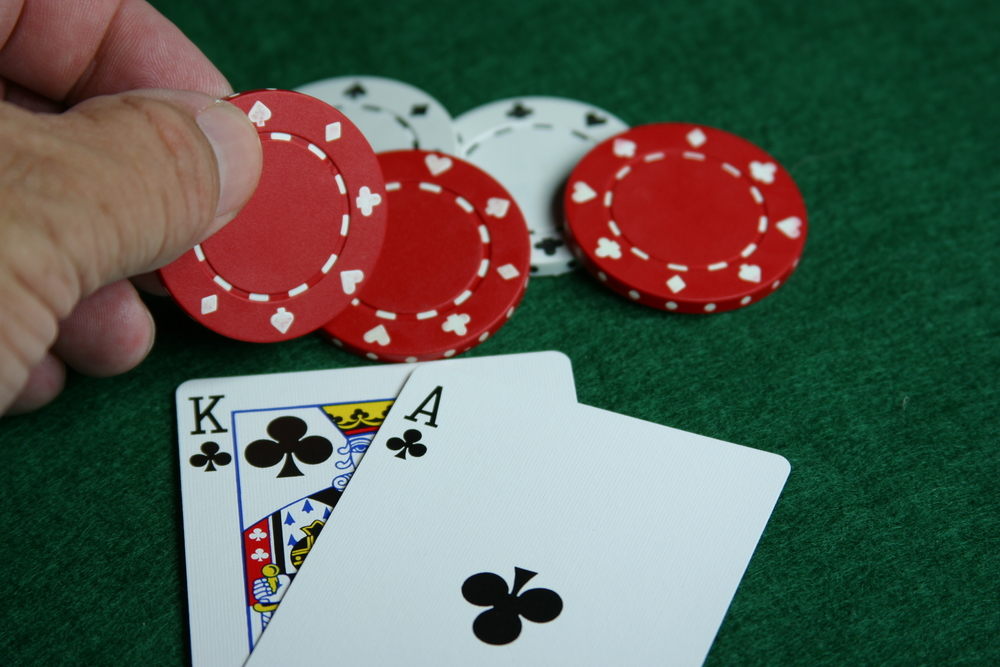Most players don’t understand their odds when playing poker games, which make it challenging to use smart betting strategies. Understanding this basic concept is important when determining whether you are a winning or a losing player. The guide explains what poker pot odds are, how to calculate them and ways to incorporate them into your game.
What are Poker Pot Odds?
It is the relationship between the size of the bet and pot size. If there is 10 GBP in the pot and you are required to call 2 GBP, then your odds are 5:1. It is essential to know the pot size when making a wager as it helps the player identify the right time to call a bet or a raise. Players playing limit poker can determine pot size by counting the number of bets in the pot instead of the amount of money. In other games such as hold’em where the stakes double, you determine the pot size by counting big bets as two small bets. As such, when you are on a straight draw or flush, you can work out whether or not to fold or call, depending on the size of the bet.
Why Calculate Pot Odds
Players can use poker pot odds to estimate the expected value of a hand when making a bet. This is achieved by comparing their pot odds to those of drawing a winning card. If the stakes of drawing a winning card are higher than those of the pot, the expected value is positive. Simply put the percentage of the pot odds is higher than the cost of making a call. On the other hand, if the odds of selecting a winning card are lower than those of the pot, this is a negative call as you will get less money than the cost of calling the bet.
Calculating Poker Pot Odds
Some players prefer using an online pot odds calculator, but you can easily calculate the pot odds using a simple procedure. For example, if a pot has 450GBP and a player bets 150 GBP, there is 600 GBP in the pot. Thus, it will cost you 150GBP to win 600 GBP, meaning the odds are 4:1. If calculating the odds in percentage form, divide the call amount and the pot size (150/750=0.2 or 20%). The primary goal of estimating the pot odds is to know whether to call or not. In this example, the odds of hitting and winning are 4:1. If the pot odds are greater than the odds of making a hand, you should keep playing. In case the odds against your hand exceed the reward, this is a bad deal.
Understanding how the methods of calculating poker pot odds also helps determine the right bet size and how to beat your opponents. This way, you can raise a bunch of limpers from a late position while holding pocket jacks. For example, if there are three limpers and a big blind all calling your raise, you can place another bet, but you need to determine by how much. These few steps should guide you:
- Know pot size
- Determine the odds the flop offers in comparison with the draws
- Determine the tendencies of your opponents; callers and limpers are usually on draws
- Make a bet that does not allow your opponents to correct their draws
Implied Odds
It is an extension of poker pot odds and factors in any additional money that comes into the pot on future betting rounds. Put simply, it is a prediction of your opponent’s future behavior and the amount you could squeeze out of him. As such, as the pot gets bigger, your implied odds also increase. This tool is particularly useful in no-limit hold’em though less disciplined players use it to chase draws without the appropriate pot odds.
Pot Equity
When calculating poker pot odds, you also need to determine your share in the pot based on the odds you may win the pot at a particular point during the game. It is also referred to as poker equity, and it changes after a flop, pre-flop, river, and turn. The strategy of using poker equity is pretty straightforward; if you have more equity than your opponents (or have a better hand), then you should bet more. It causes players with weak holding to fold building your pot. When an opponent calls, placing a bet increases the pot which makes your equity gain value.
